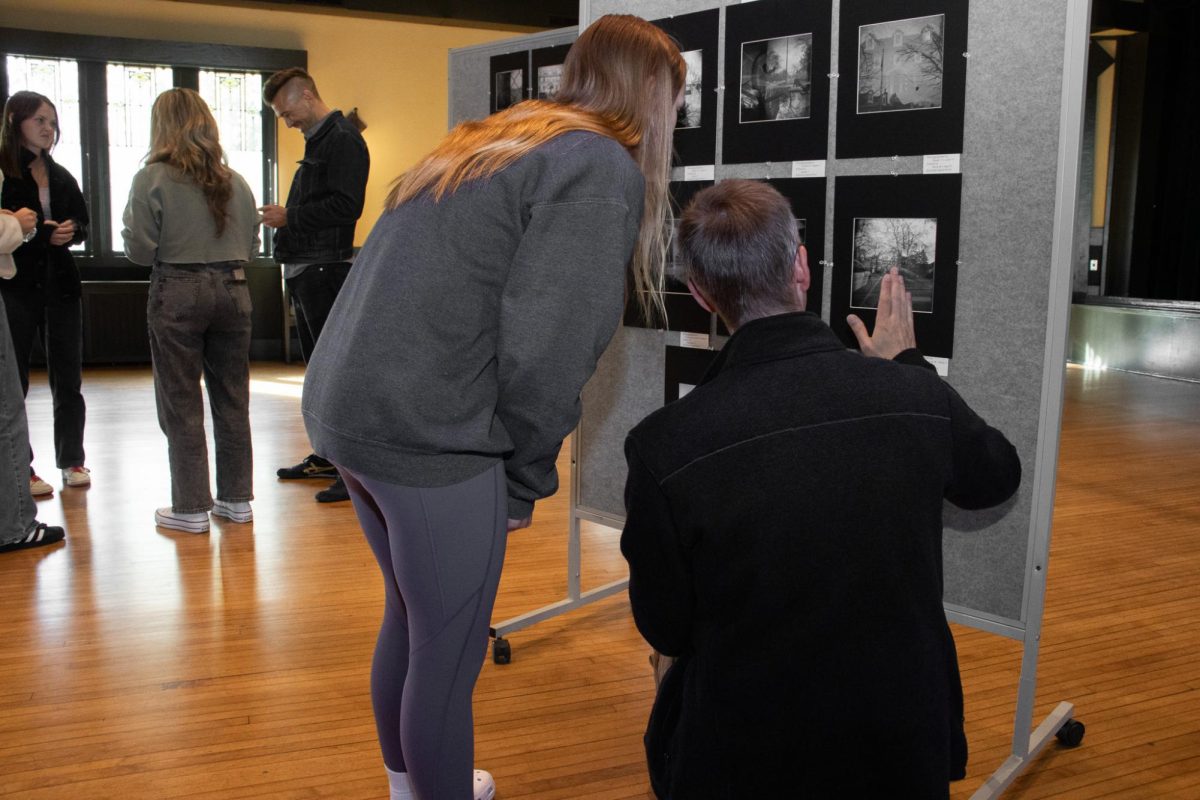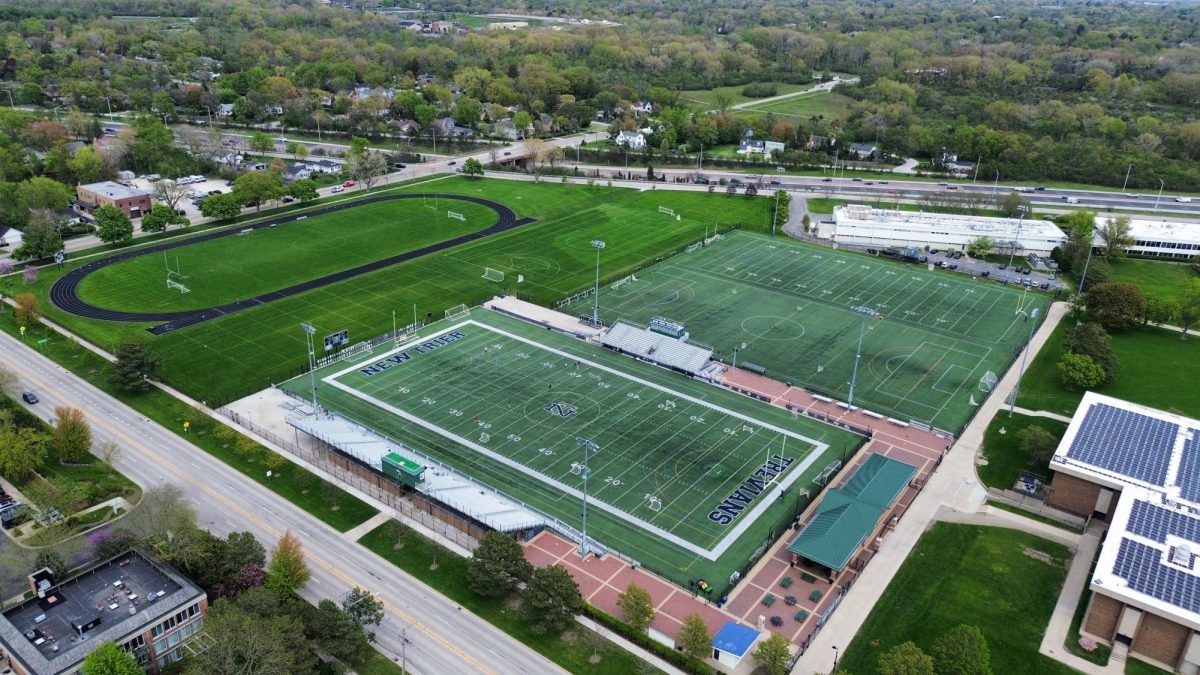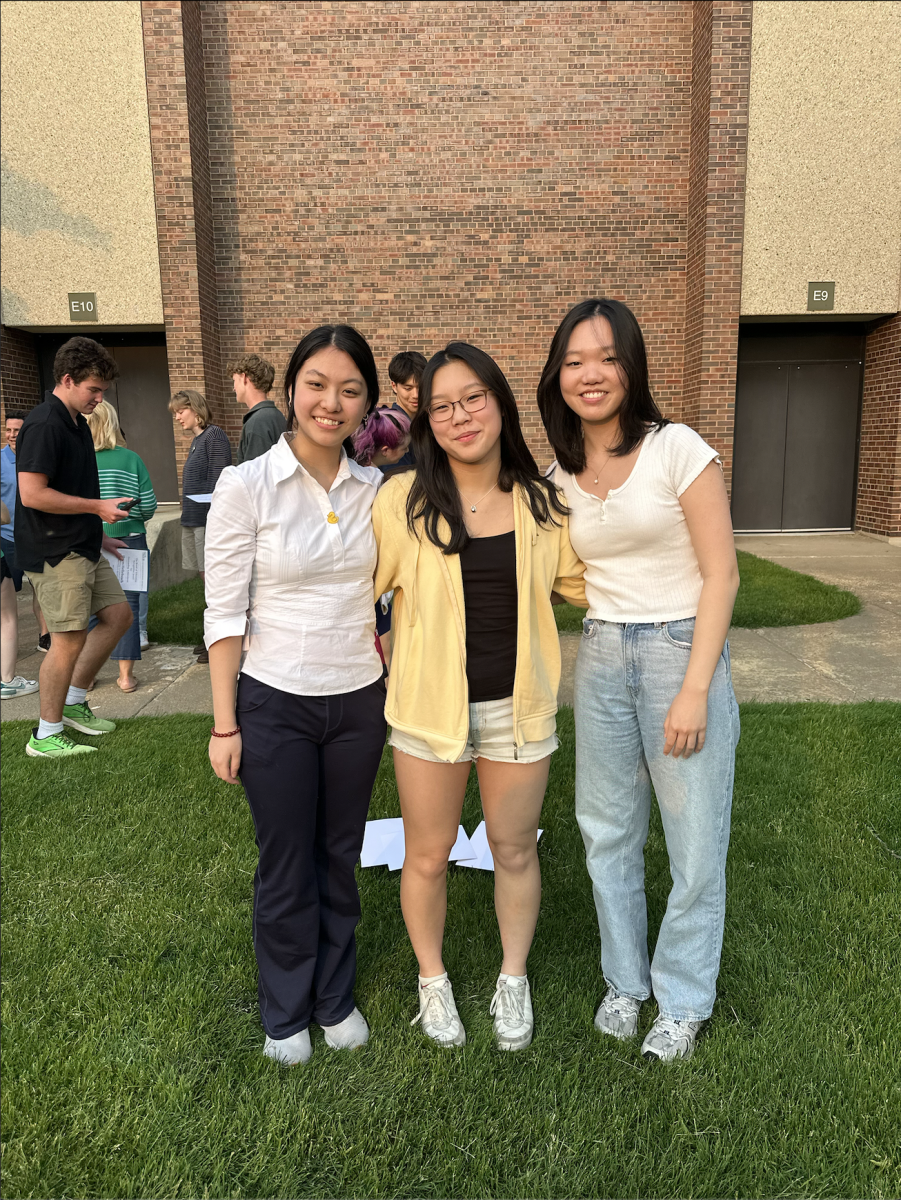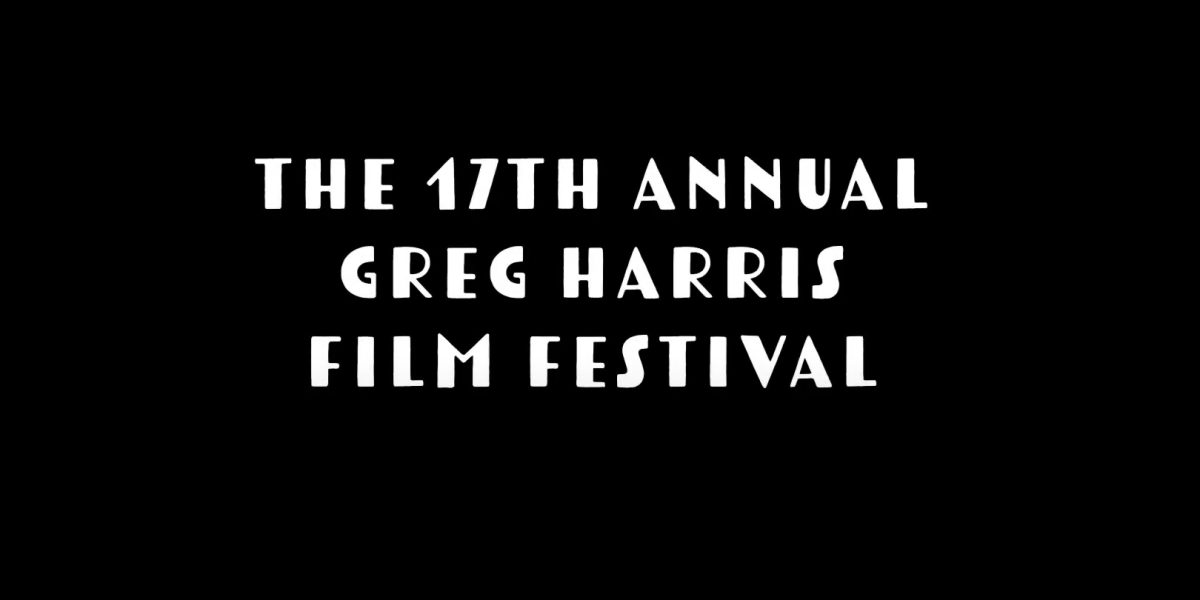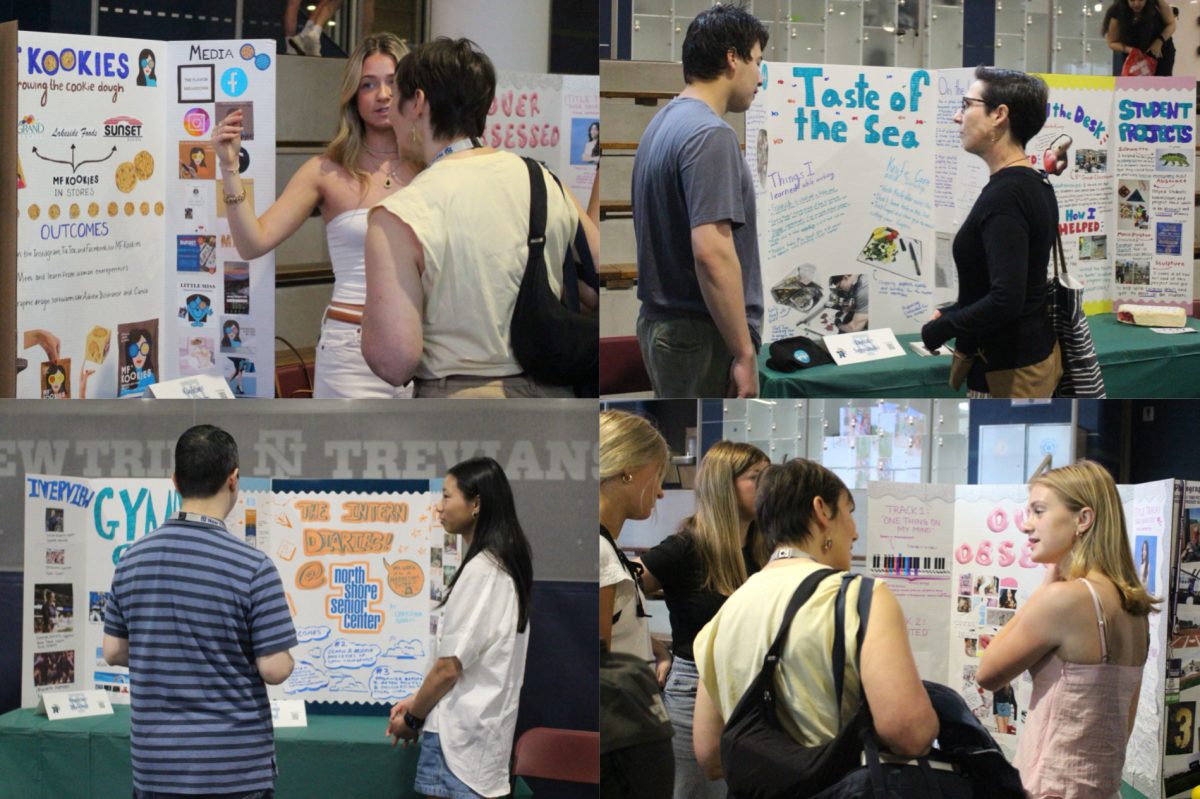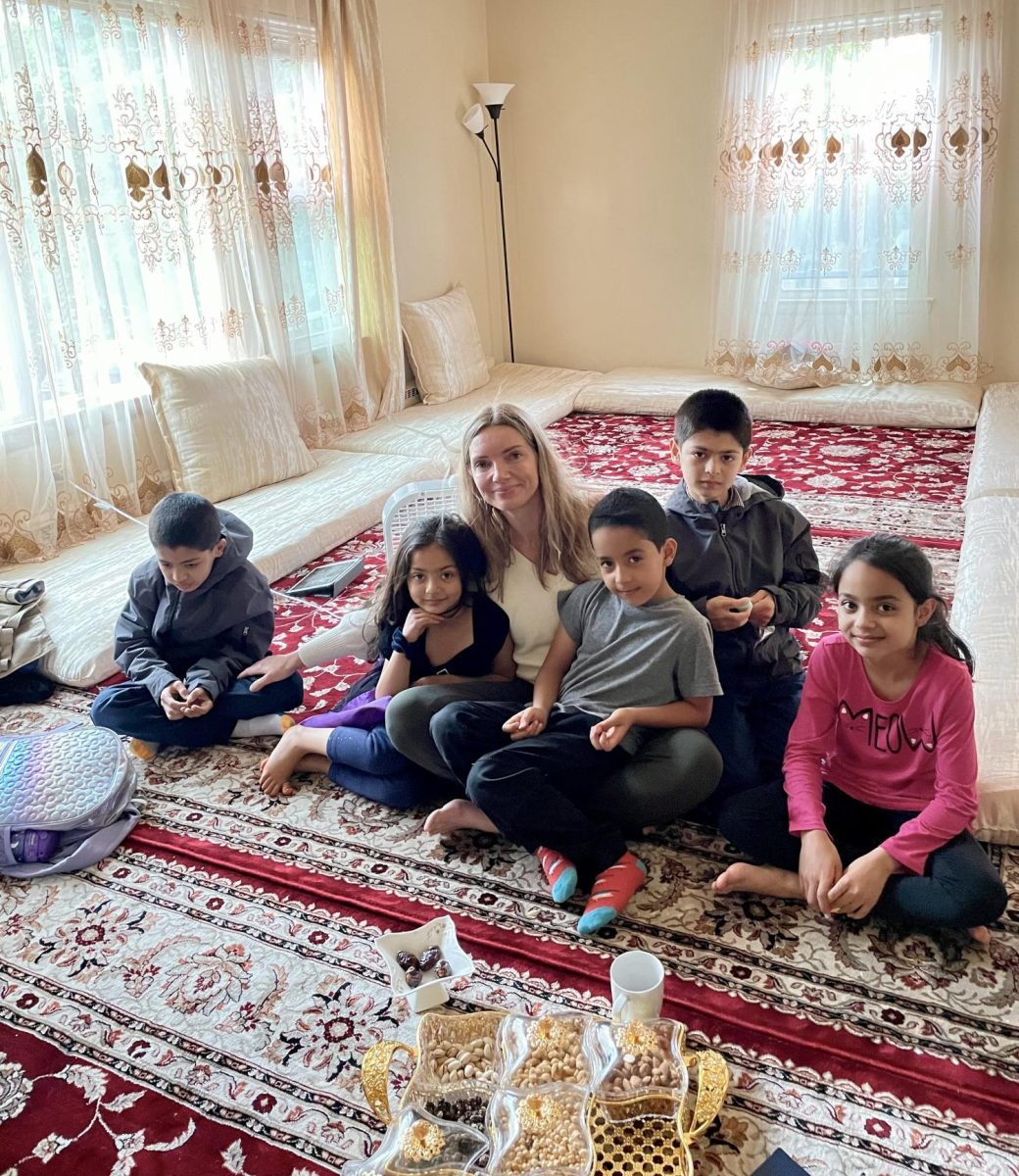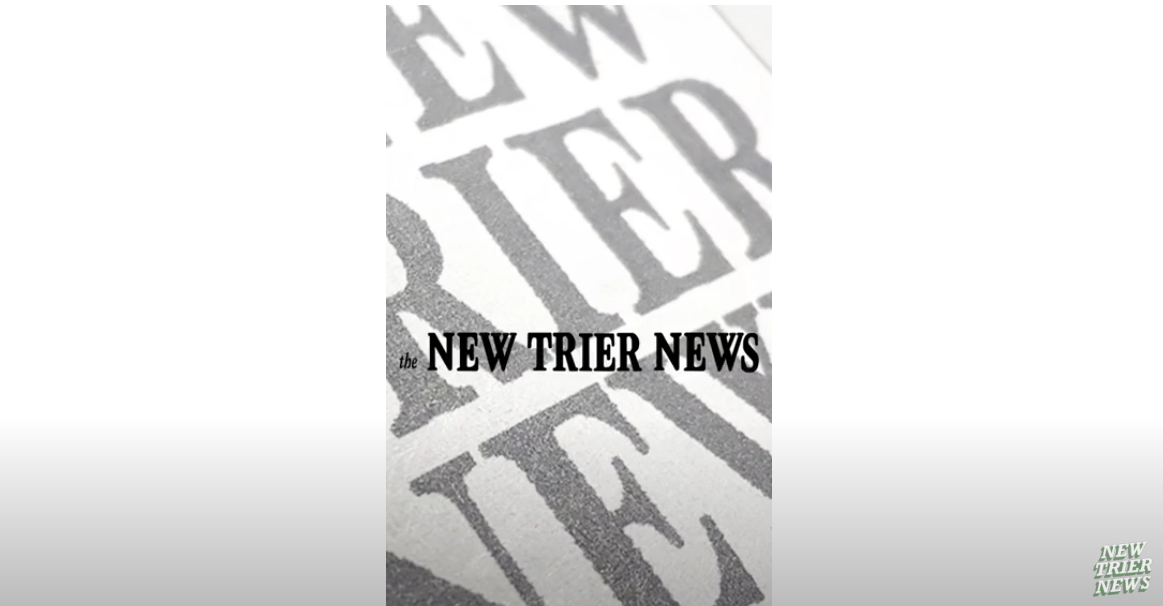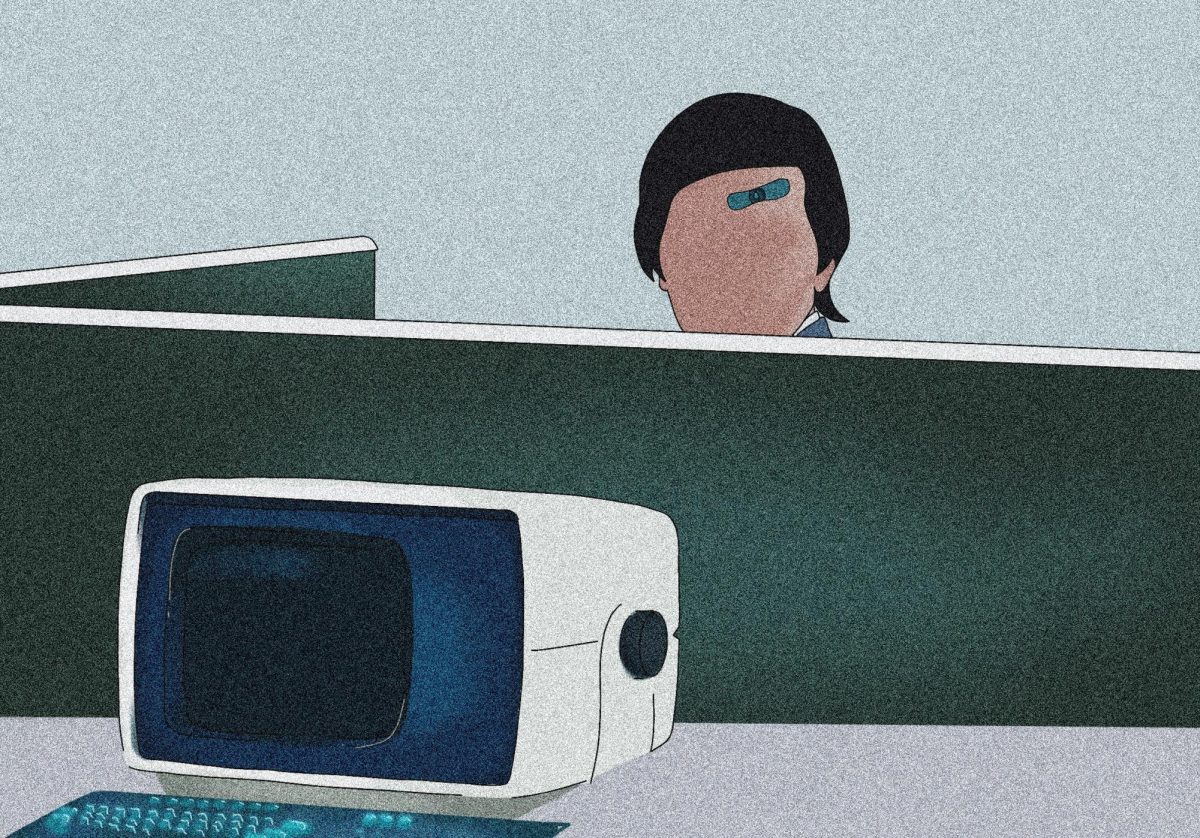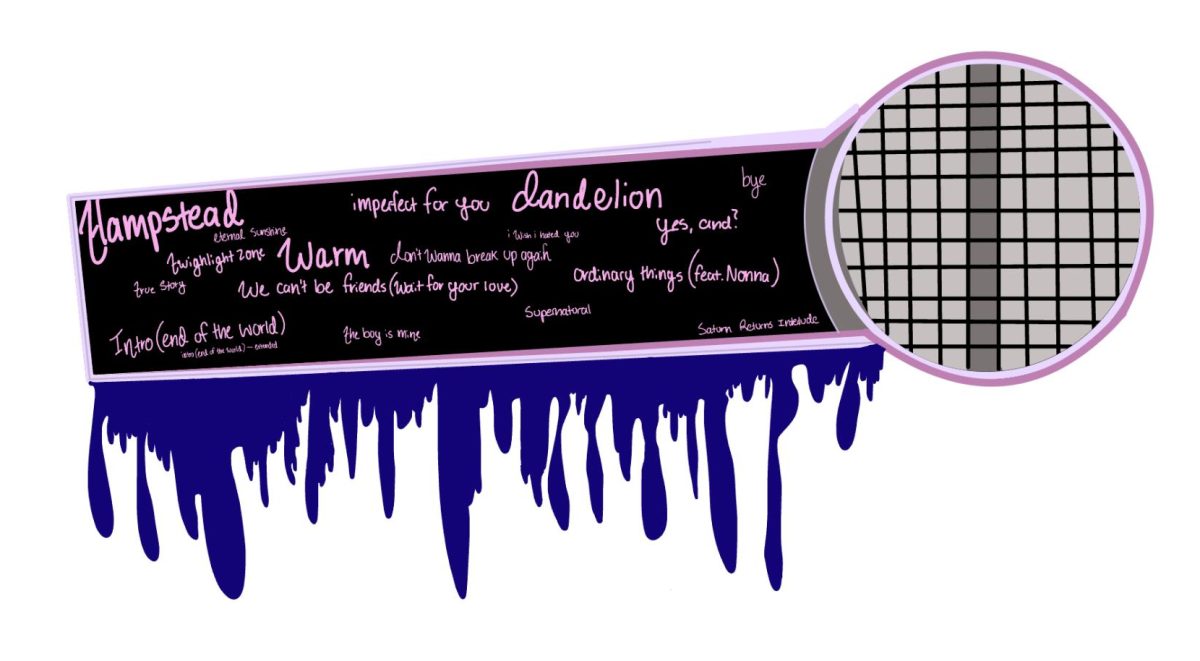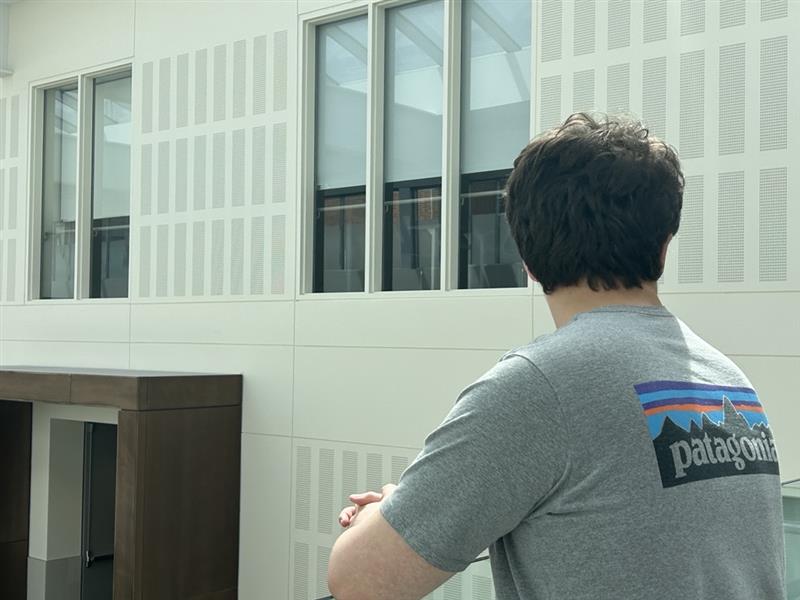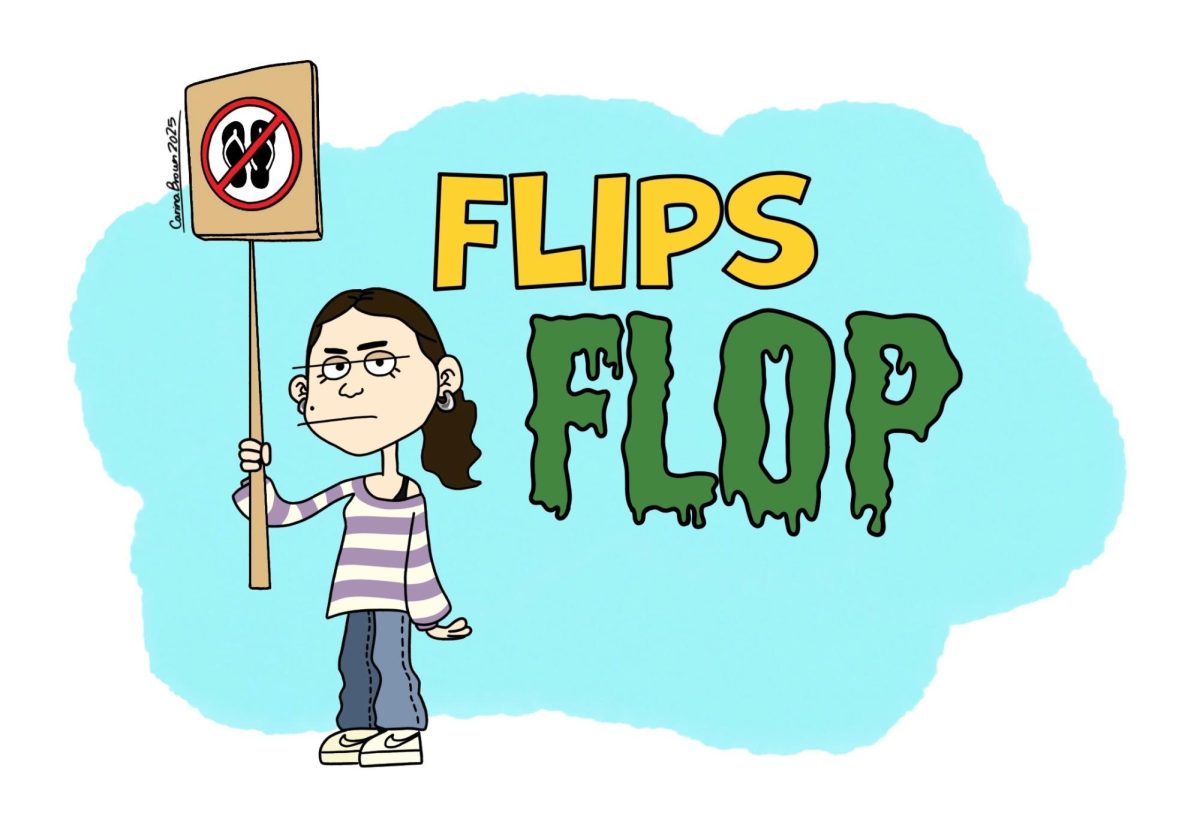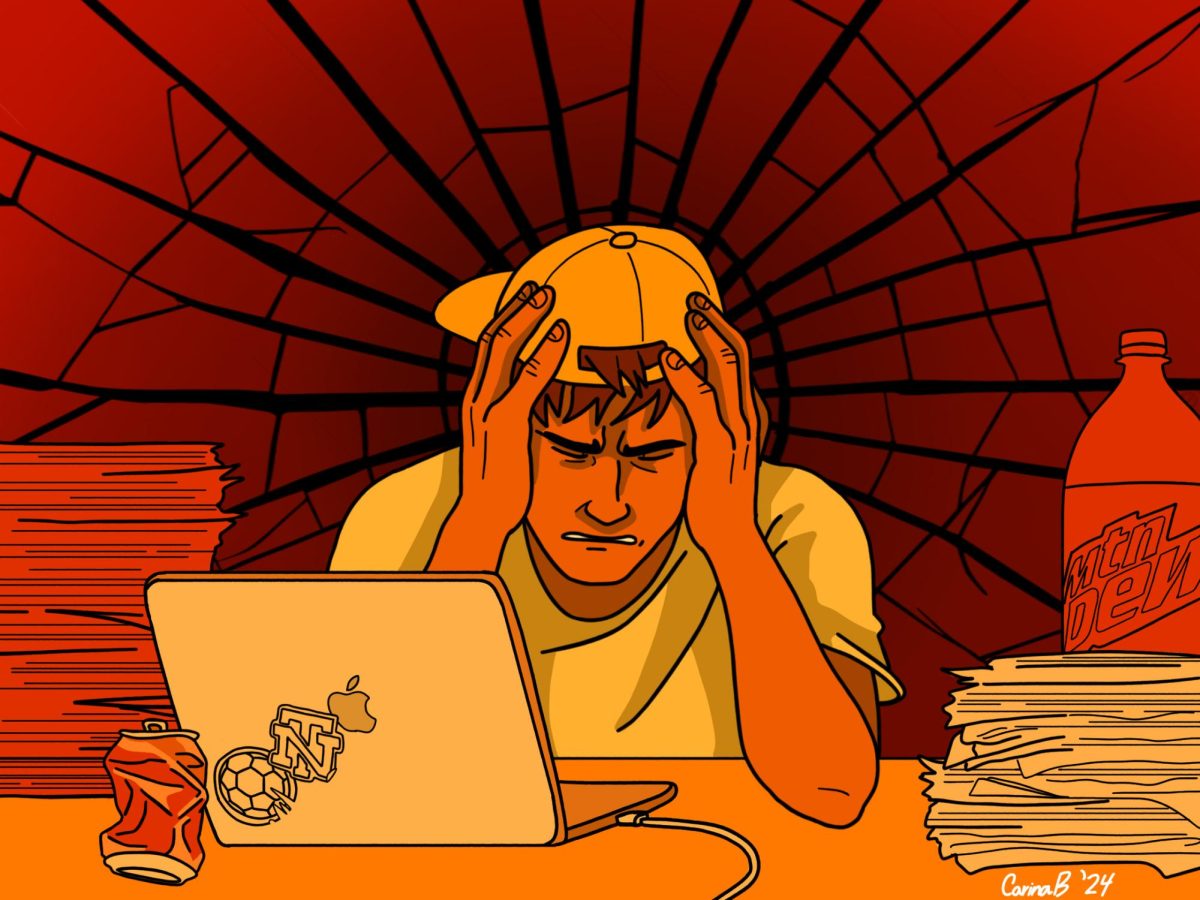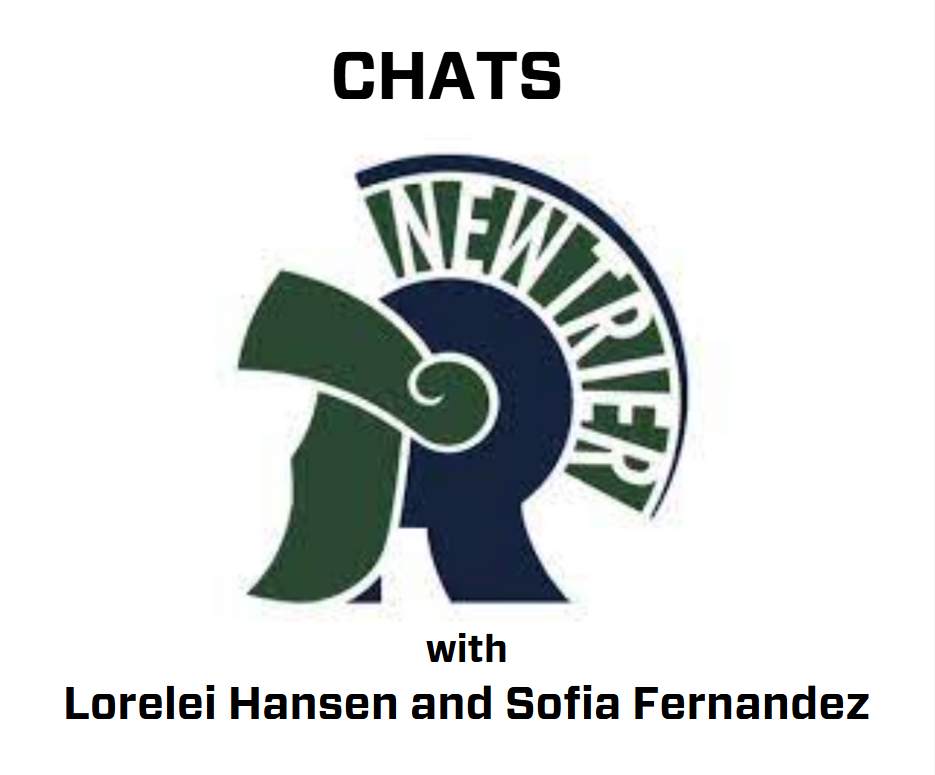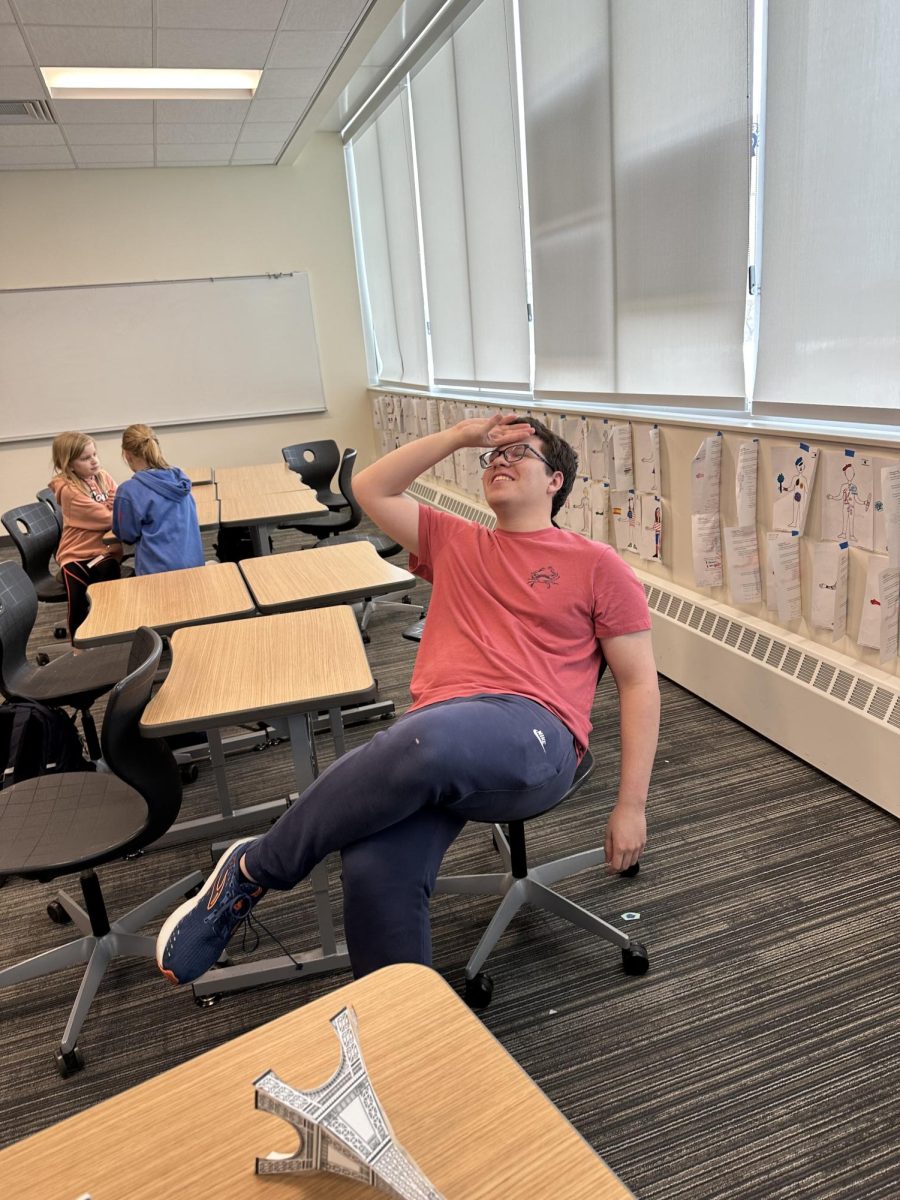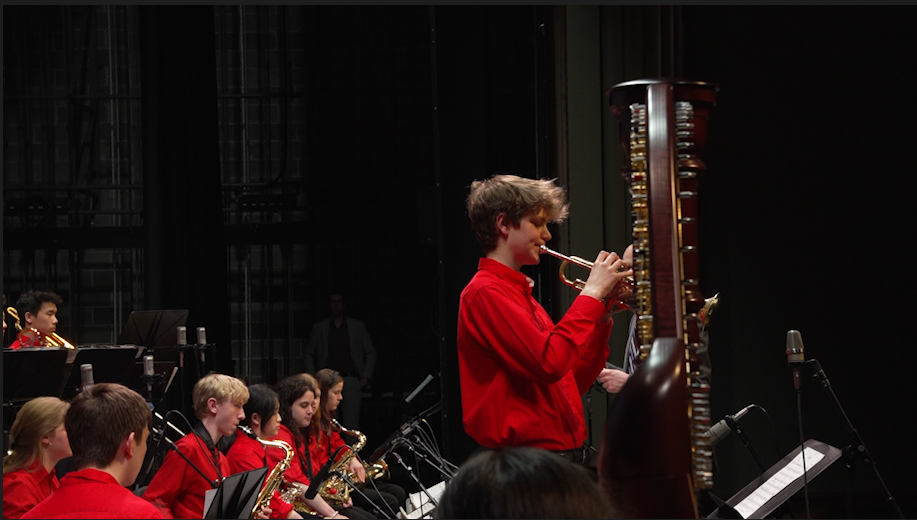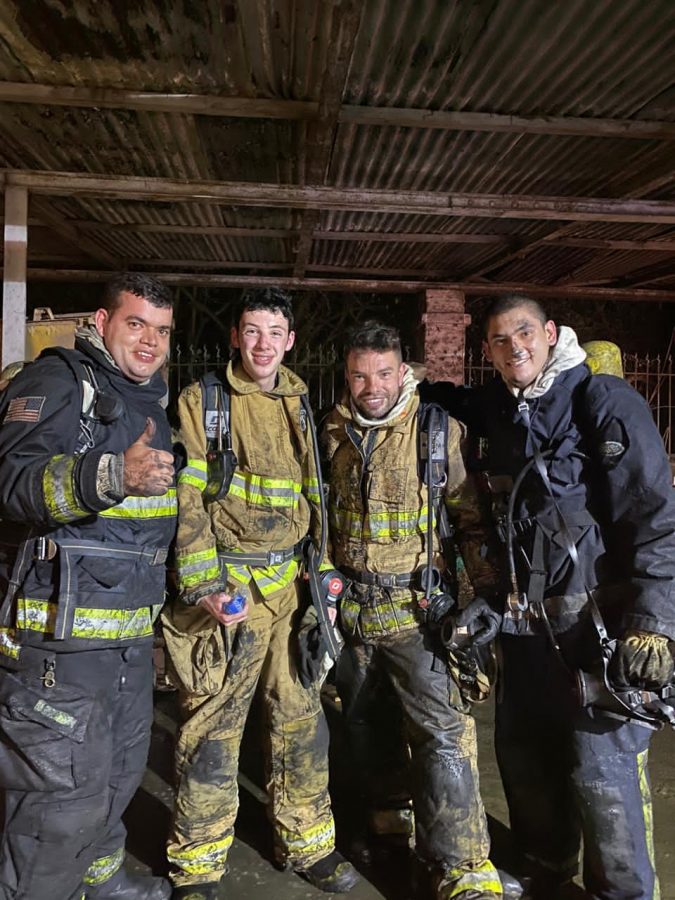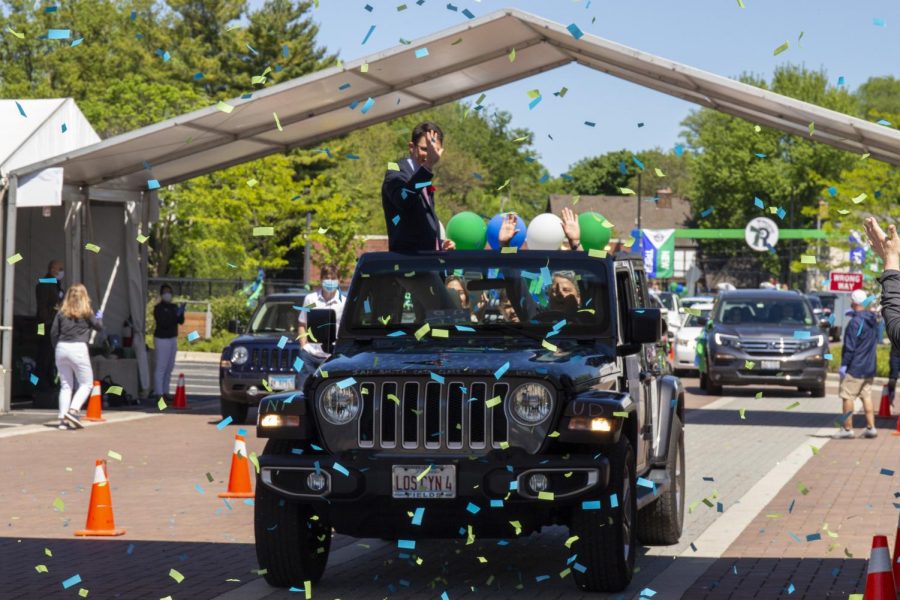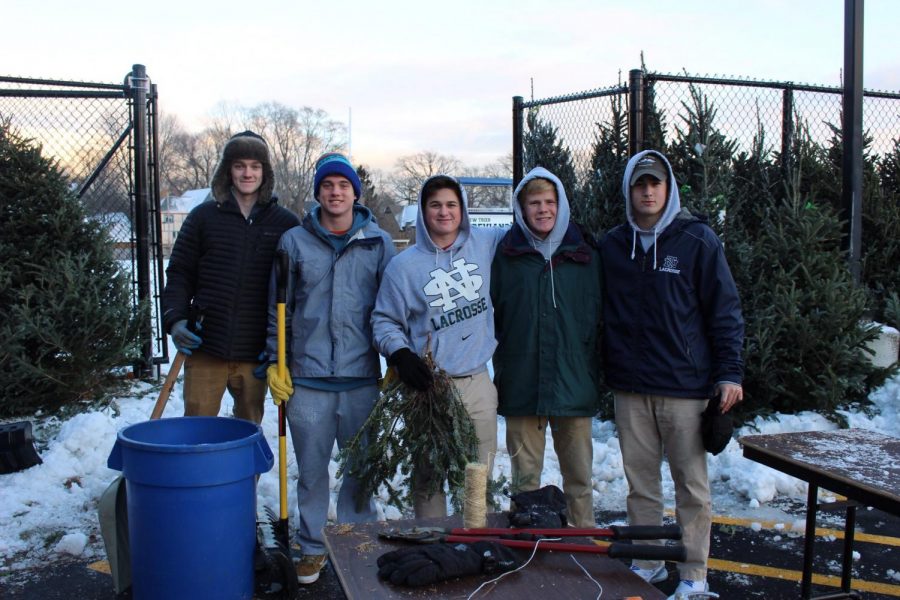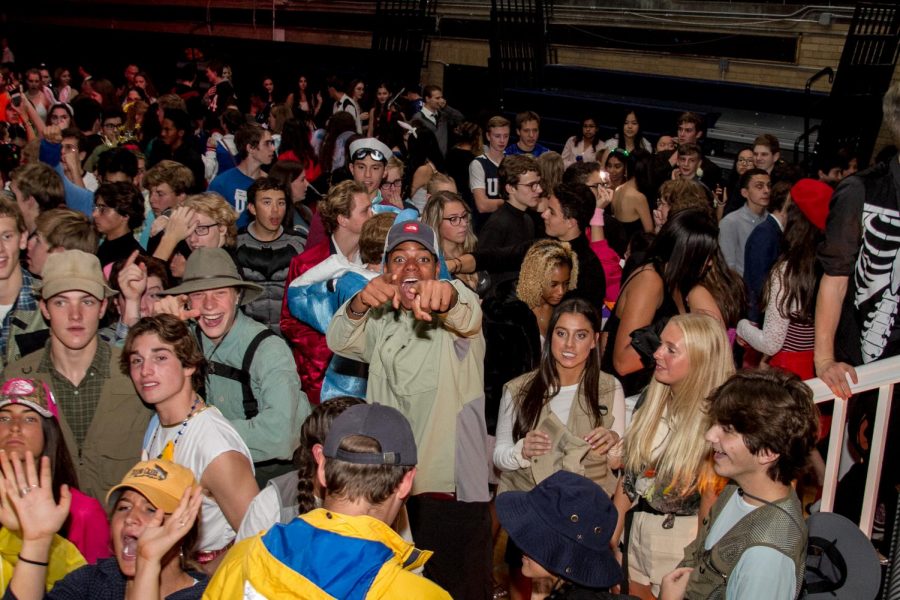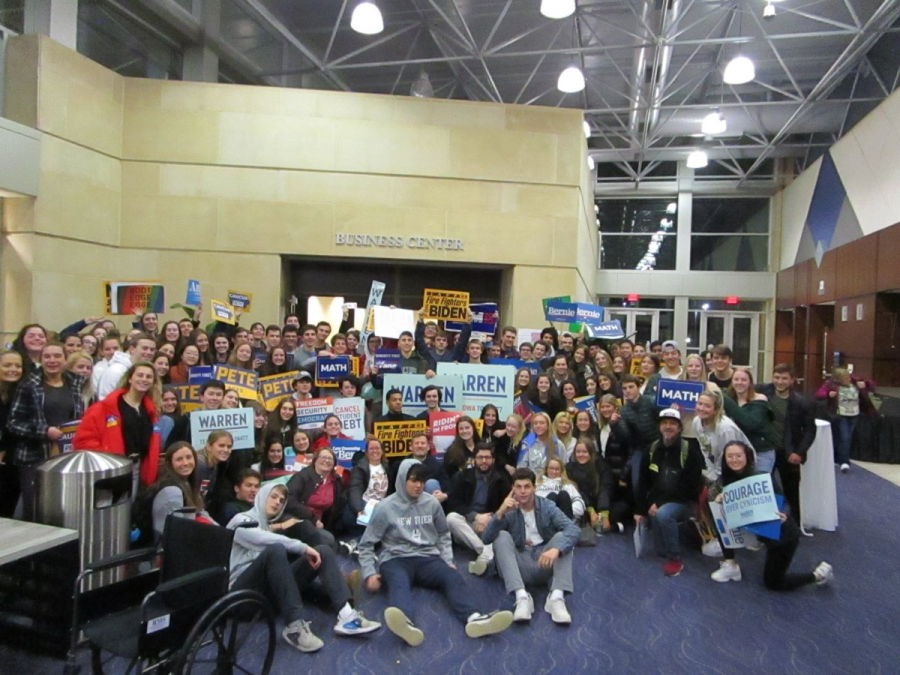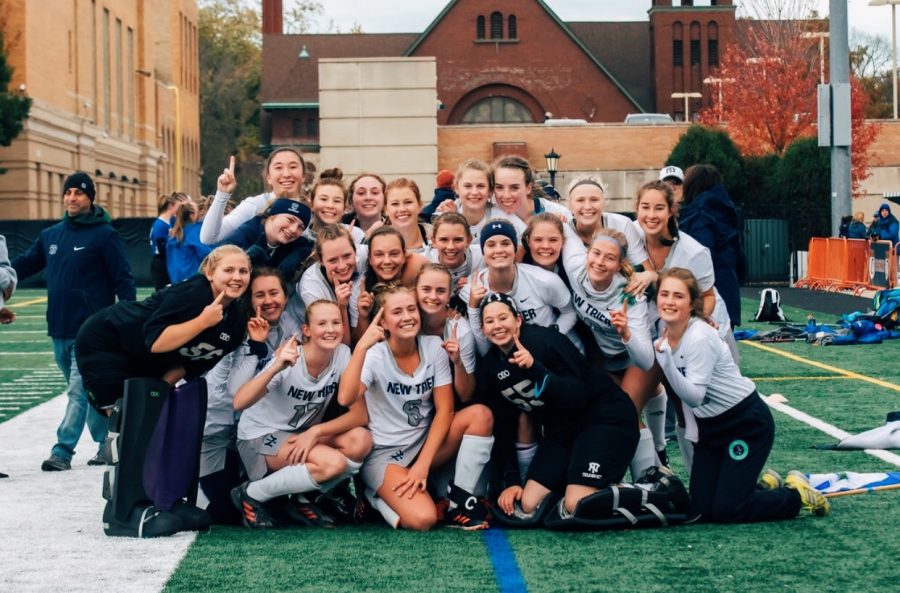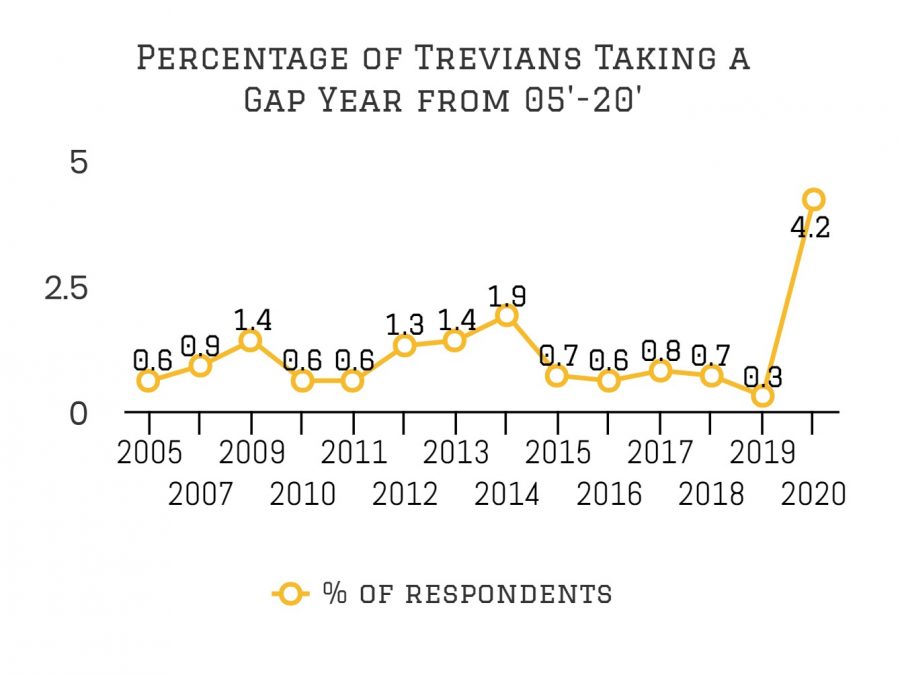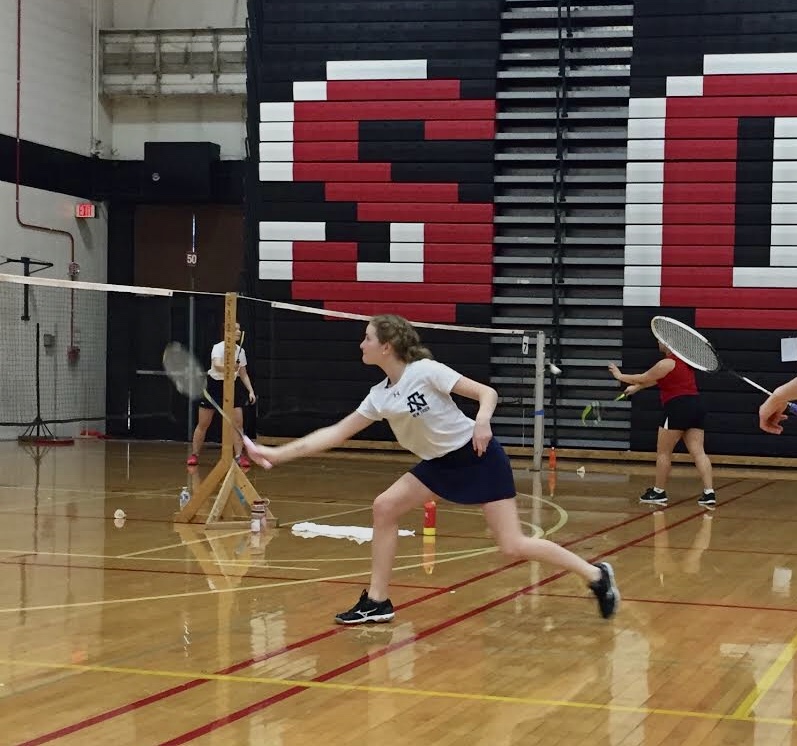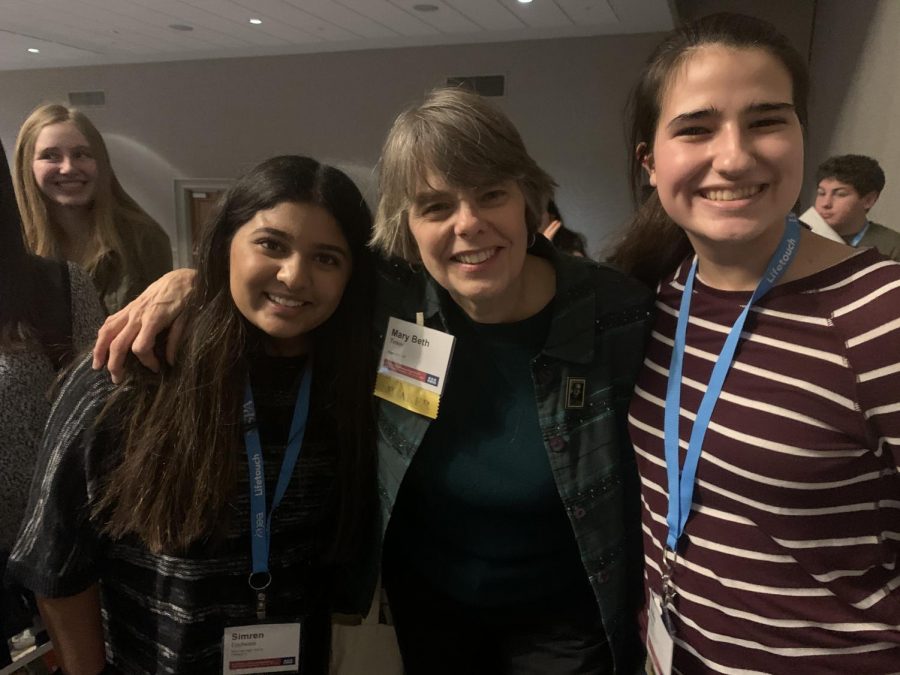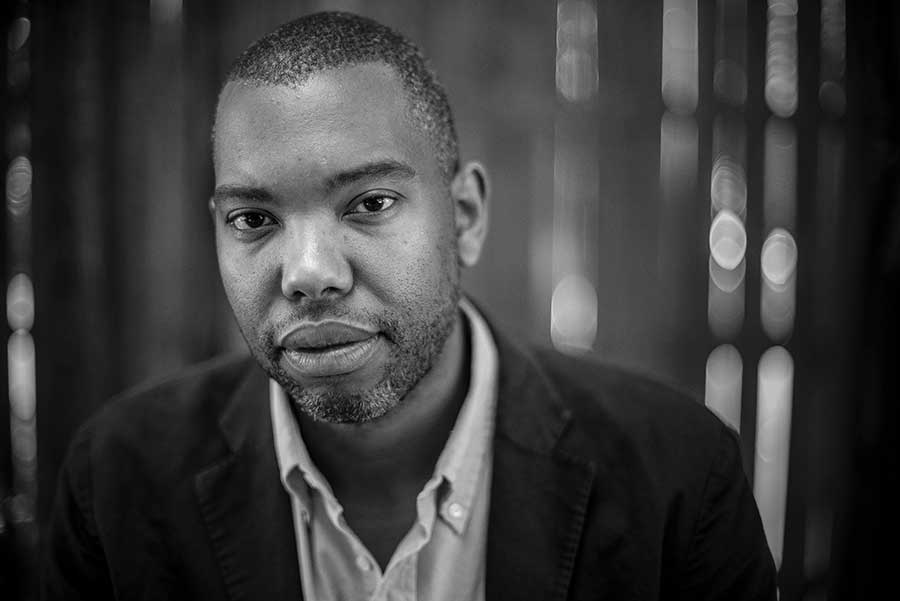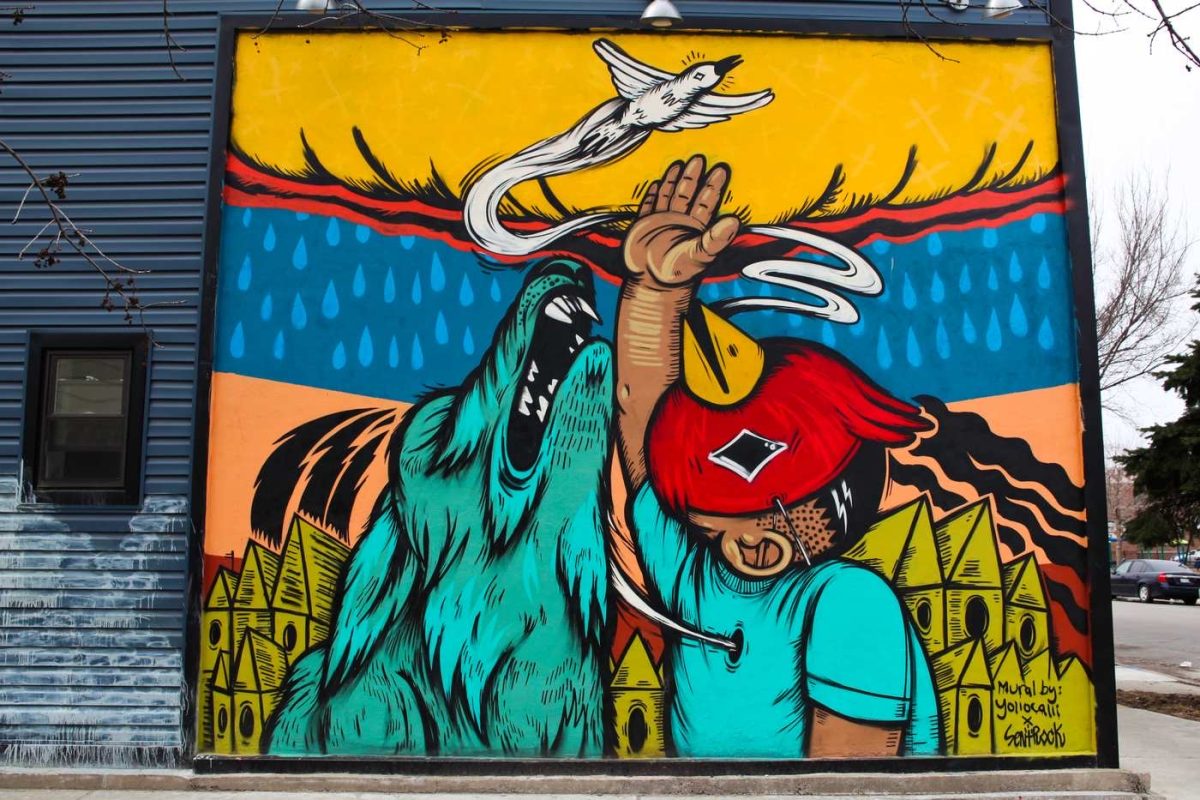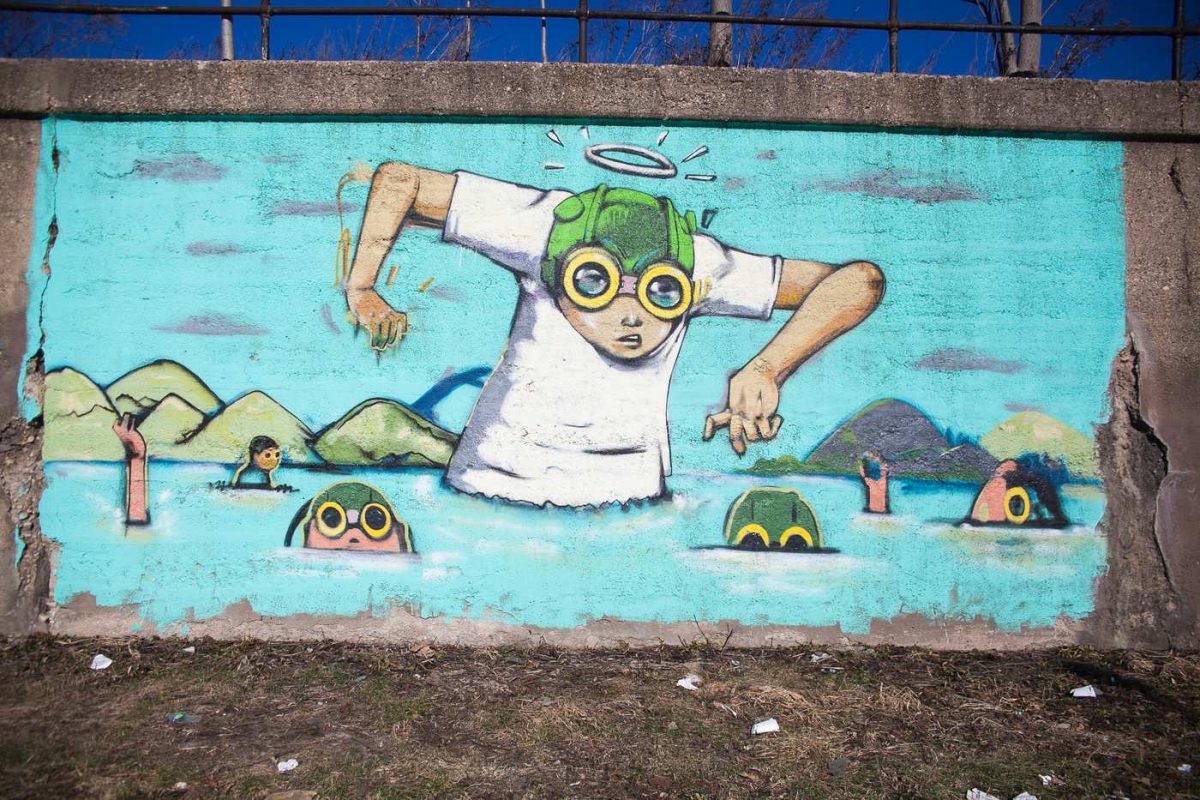On Oct. 4, in commemoration of Hispanic Heritage Month, New Trier highlighted the art of the southwest Chicago neighborhood of Pilsen. Luis Tubens, a former educator at the National Museum of Mexican Art, educated students about the murals that the small neighborhood is known for and how they serve as a testament to the trials of the Hispanic community in Chicago.
Named after Pilsen, Czech Republic, the neighborhood was originally home to Eastern European migrants. Mexican families began to move into the area in the 1960s, reviving a community that had been devastated by the Great Depression and Second World War.
Visit Pilsen today and you will be overwhelmed with the unique artwork, from its signature murals painted on the sides of buildings to the murals on pieces of wall along 16th Street and the railroad, the highest concentration of murals in the Midwest. As Tubens explains, the word mural comes from the word “muro” for wall, and the artists attempt to work with the architecture and incorporate as much of the wall as possible into the image, holding true to the muralist tradition.
The first Pilsen mural “Peace” was completed in the late ‘60s by Mario Castillo in protest of the Vietnam War. Artists who came after followed in Castillo’s footsteps, transforming blank brick walls into canvases upon which to express both social and political messages.
Nowadays, a new generation of artists use the platform to tackle issues such as gentrification, immigration, LGBTQ+ rights, and the Mexican-American identity. In 2020, a group of Mexican-American and African-American artists collaborated to create works promoting black and brown solidarity in response to the death of George Floyd.
Last year, artists Hector Duarte and Gabriel Villa created “Fight to Stay,” a mural highlighting the growing issue of gentrification, which affects Pilsen in addition to many other neighborhoods. The vibrant mural features many different flowers showing the unique cultures all in one place, and also depicts two dueling tornadoes: one, the developers and forces driving people out, and the other the shared culture that brings people together.
Murals throughout Pilsen also serve to preserve the unique blend of cultures found in the neighborhood and to honor the Mexican heritage many residents share. Works like “La Virgen de Guadalupe” and “Frida K” incorporate both traditional religious imagery and indigenous stories. Monarch butterflies represent migration, change, and growth, and roses the story of the Virgin Mary when she visited Aztec priest Juan Diego. Native Mexican flowers and elements of the Mexican flag harken back to the homeland.
Tubens stresses the importance of conserving the murals, as they paint a history of the collective struggles of Pilsen residents over the decades and continue to empower future generations.
A selection of murals can be seen below:

